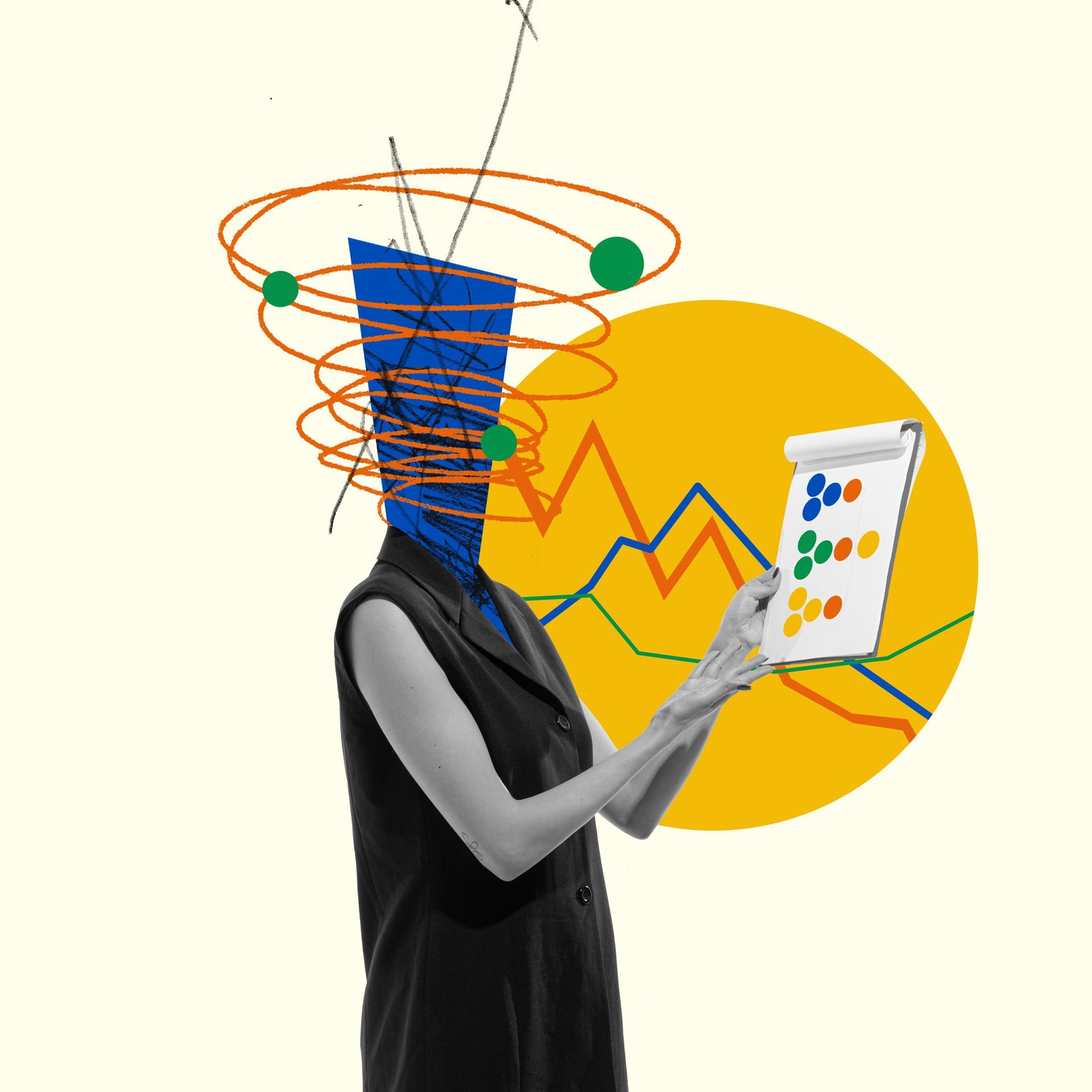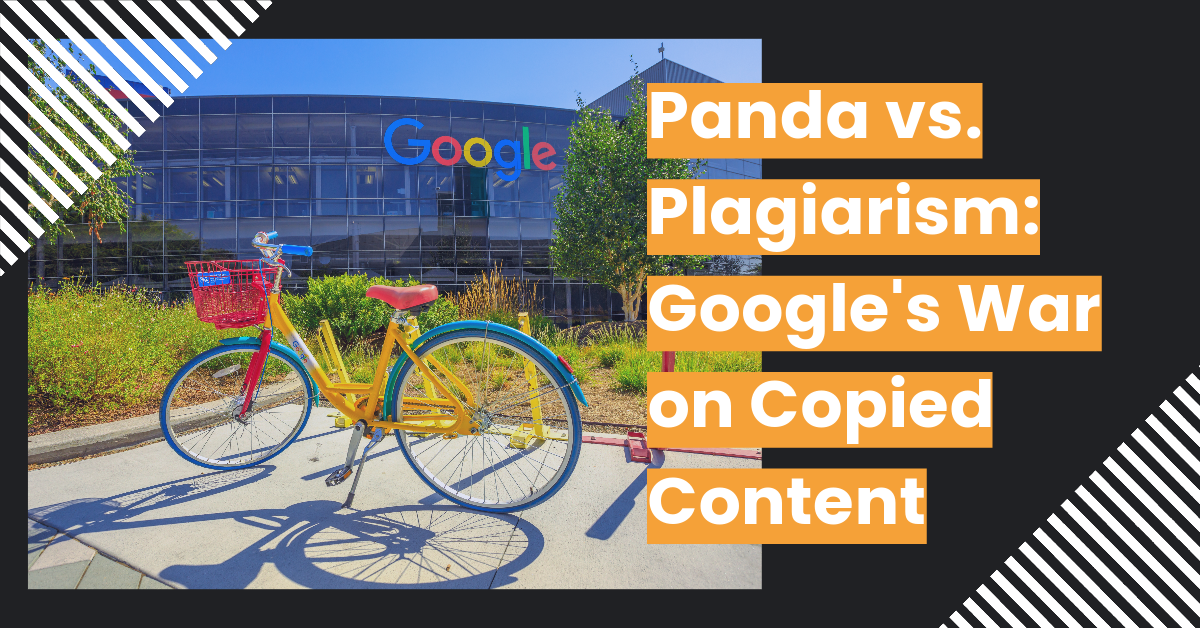Digital Collaboration
Collaborating in An Ever Evolving Digital Landscape 👩🏻💻 🧑🏿💻 👨🏼💻 👩🏼💻 🌎

The Power of Creative and Technical Collaboration in Design and Digital Marketing
In today's fast-paced digital landscape, businesses, organizations, and professionals need to combine creativity and technical know-how to thrive. The blending of innovative design with advanced digital marketing strategies is no longer just a trend but a vital necessity for progress and advancement. This partnership creates a strong online presence, boosts customer engagement, and ultimately drives business success.
Partnering with specialists across various disciplines in a project can yield significant benefits and, if executed adeptly, can showcase a streamlined approach to magnifying the project. The sharing of knowledge and proficiency can result in favorable results, fostering individual development and enhancing the overall satisfaction for the client or end user.
Let's explore how the collaboration between creativity and technical expertise is reshaping the realm of design and digital marketing.
The Intersection of Creativity and Technology
Creativity and technology are often seen as separate domains—one driven by imagination and the other by logic and precision. However, the most successful design and digital marketing campaigns are those where these two elements intersect seamlessly.
- Enhanced User Experience (UX) Design: Creative minds conceptualize engaging and visually appealing designs, while technical experts ensure these designs are functional, responsive, and user-friendly. A website or app that looks stunning but is difficult to navigate fails its purpose. Hence, collaboration ensures that the final product is both aesthetically pleasing and easy to use.
- Innovative Content Creation: Content is king in digital marketing, but it needs to be both captivating and technically optimized. Writers and graphic designers create compelling narratives and visuals, while SEO specialists and developers ensure that content is optimized for search engines, leading to higher visibility and reach.
- Dynamic Social Media Campaigns: Successful social media marketing requires a blend of creative content and technical analytics. Creative teams develop engaging posts, stories, and videos, while data analysts track performance metrics, refine targeting strategies, and measure ROI. This collaborative effort ensures that campaigns are not only eye-catching but also effective in reaching the desired audience.
Benefits of Collaboration
The collaboration between creative and technical teams brings several benefits to businesses, organizations, and professional development:
- Holistic Solutions: Combining creative ideas with technical execution results in comprehensive solutions that address both aesthetic and functional aspects. This holistic approach ensures that all elements work together harmoniously to achieve the desired outcome.
- Increased Efficiency: When creative and technical teams work together from the beginning, they can anticipate and resolve potential issues early in the process. This proactive approach reduces the likelihood of costly revisions and ensures timely project completion.
- Innovation and Adaptability: Collaborative environments foster innovation as team members bring diverse perspectives and expertise to the table. This diversity leads to the development of unique solutions that can adapt to changing market trends and consumer behaviors.
- Enhanced Skill Sets: Collaboration encourages continuous learning and skill development. Creative professionals gain insights into technical aspects, while technical experts learn to appreciate and incorporate creative elements. This cross-pollination of skills is invaluable for professional growth and development.
Strategies for Effective Collaboration
To maximize the benefits of creative and technical collaboration, businesses and organizations should implement the following strategies:
- Integrated Teams: Form cross-functional teams that include members from both creative and technical backgrounds. This integration ensures that diverse perspectives are considered throughout the project lifecycle.
- Clear Communication: Establish clear channels of communication to facilitate the exchange of ideas and feedback. Regular meetings, collaborative tools, and open forums can help bridge any communication gaps.
- Shared Goals: Define common goals and objectives that align with the overall vision of the project. This alignment ensures that all team members are working towards the same end and understand their roles in achieving it.
- Flexible Processes: Adopt agile methodologies that allow for iterative development and continuous improvement. Flexibility in processes enables teams to adapt to new insights and changes quickly, ensuring that the final output meets evolving requirements.
- Leadership Support: Ensure that leadership supports and encourages collaboration between creative and technical teams. This support can come in the form of resources, training, and recognition of collaborative efforts.
Digital Collaboration in Conclusion
Within design and digital marketing, the collaboration between creative and technical teams is not just beneficial but essential. By merging the imaginative with the analytical, businesses and organizations can create compelling, effective, and innovative solutions that drive success. Embracing this collaborative approach will not only enhance project outcomes but also foster a culture of continuous learning and adaptation, crucial for long-term professional development and business growth.















